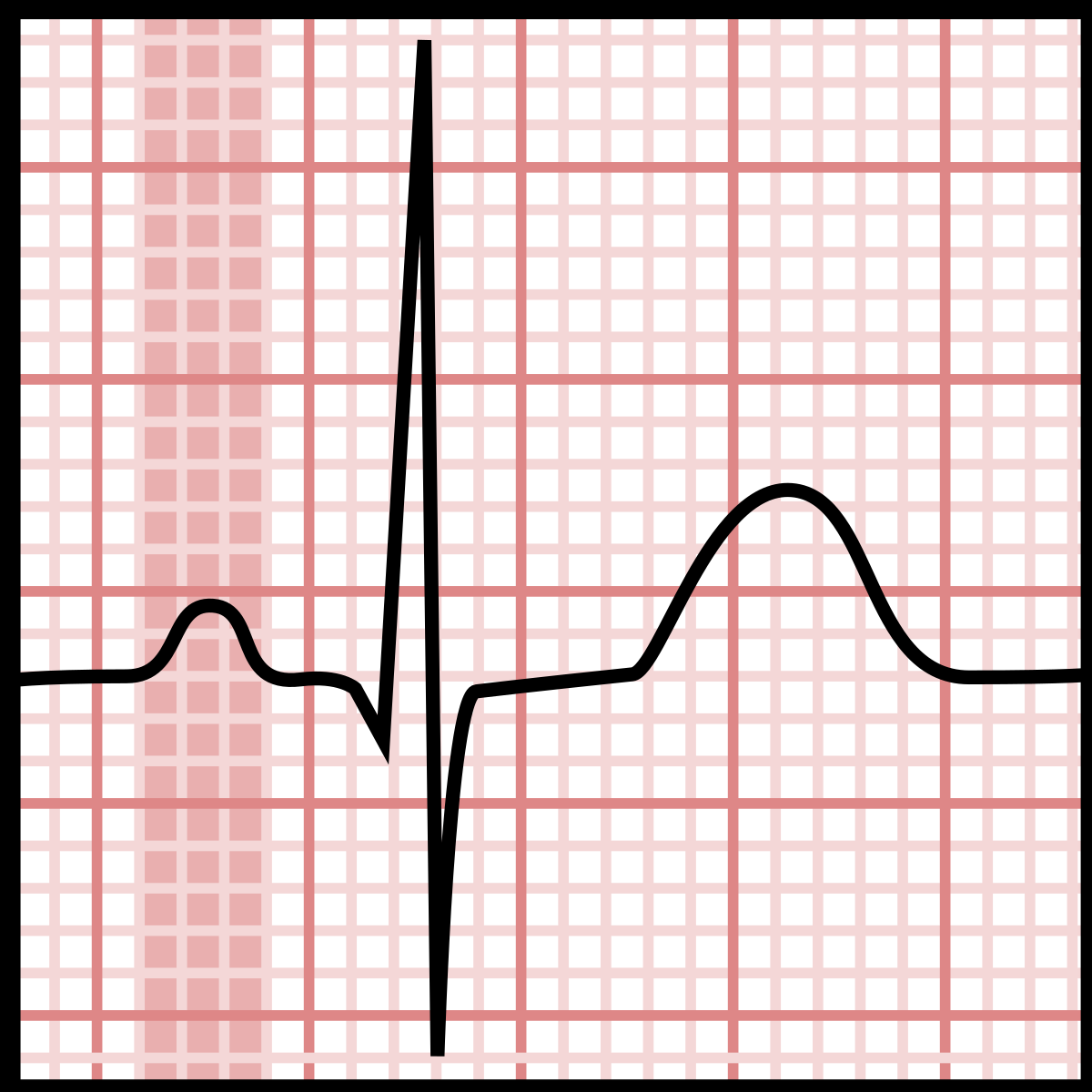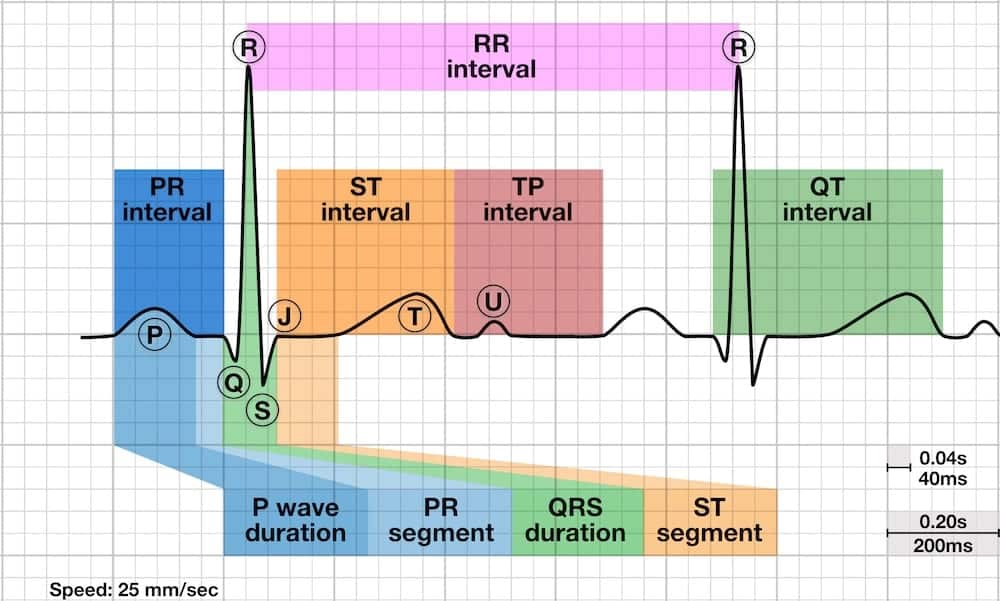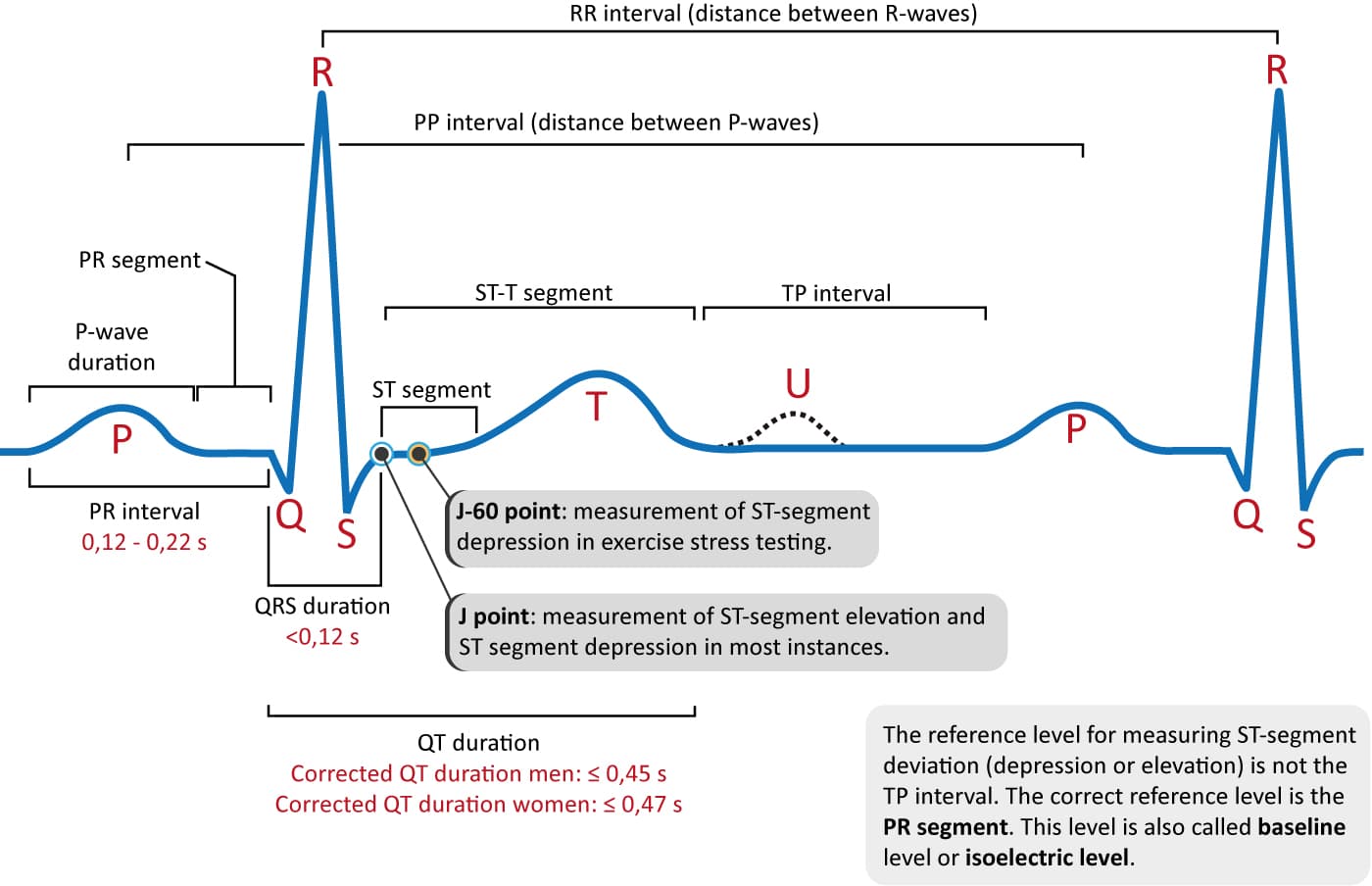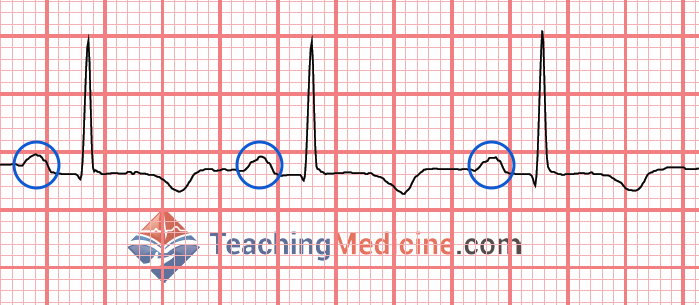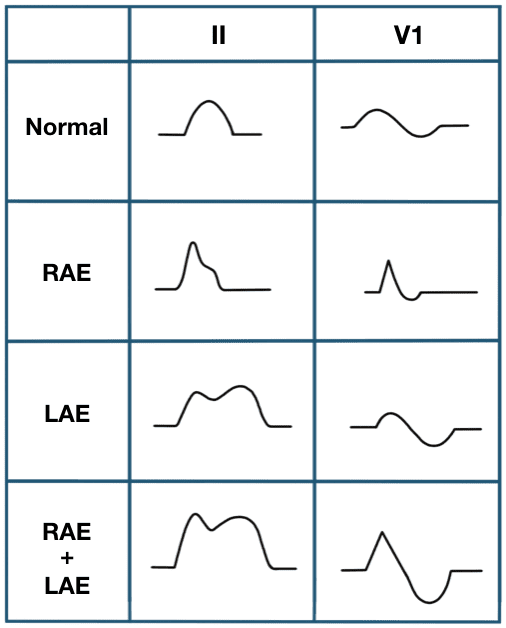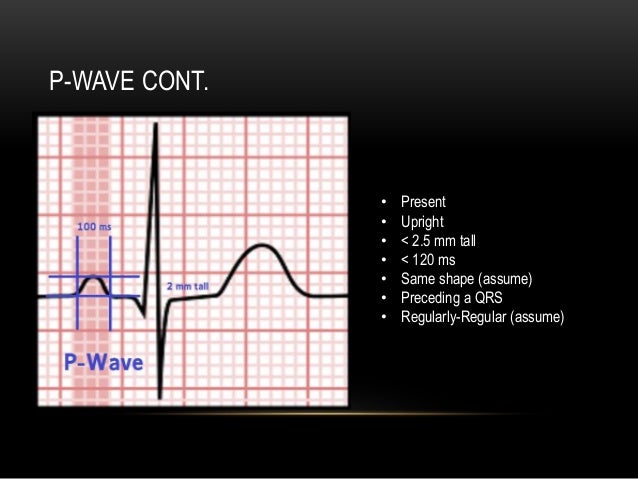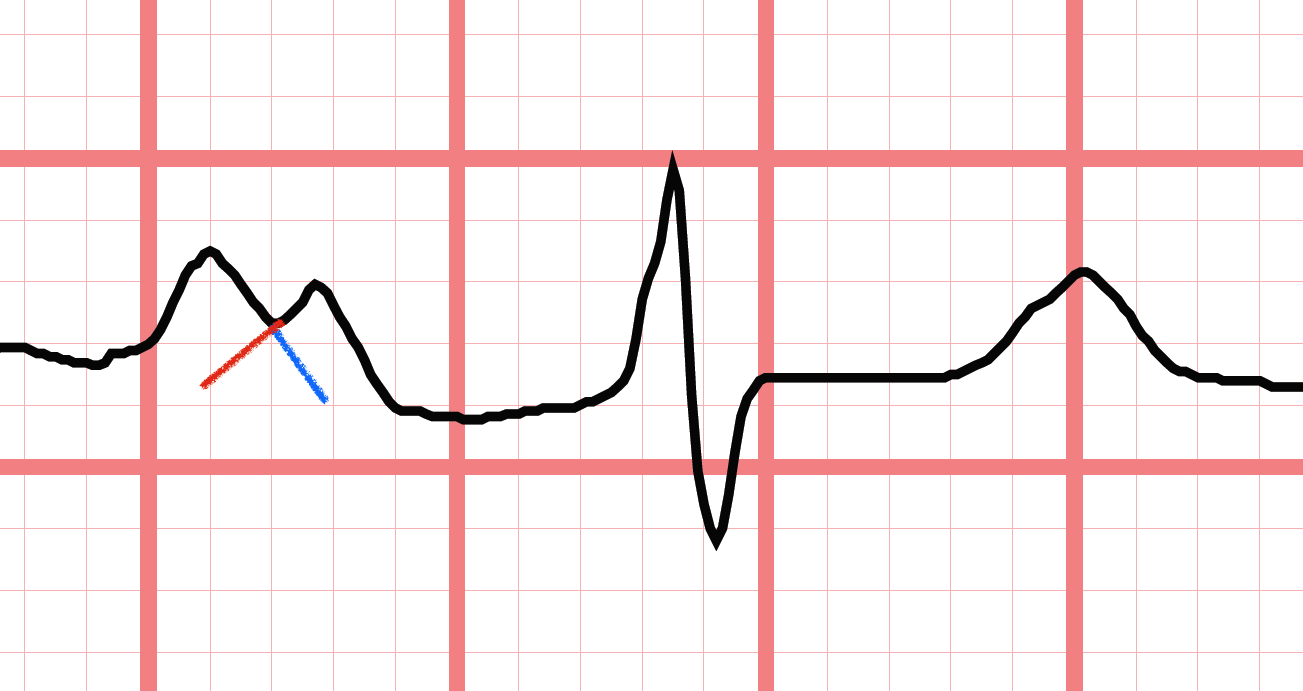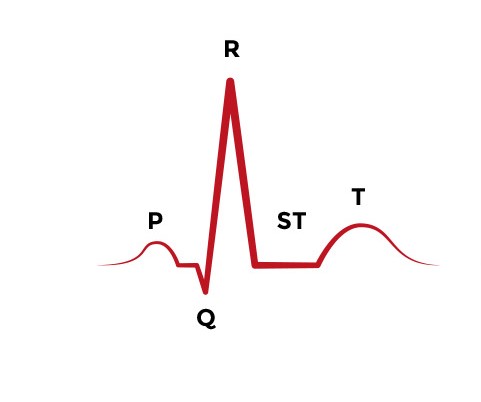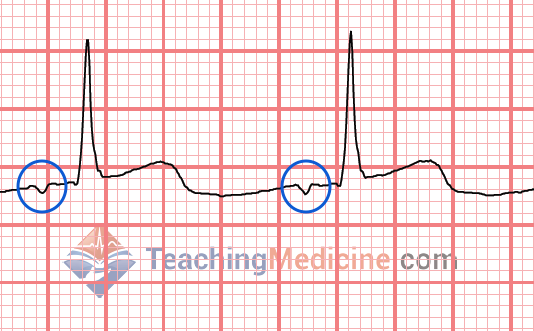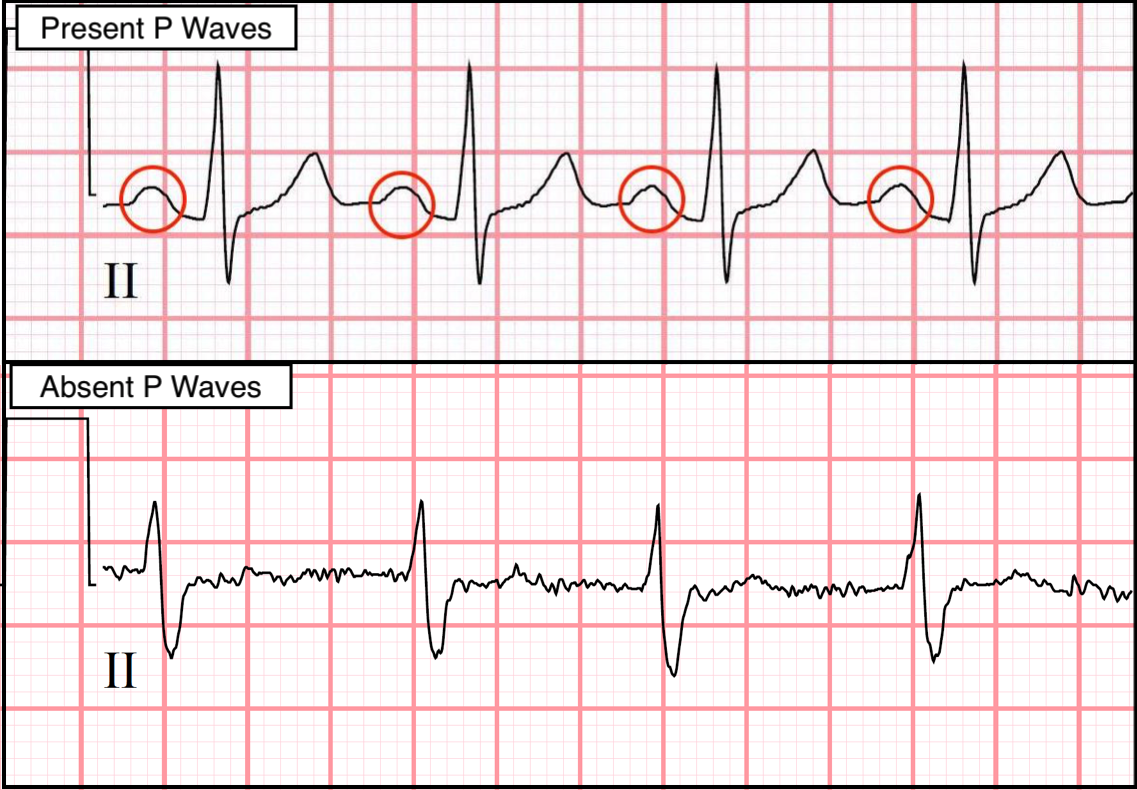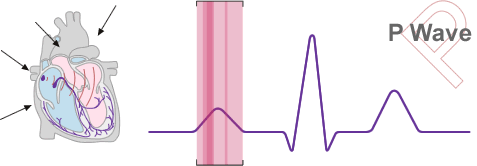P Wave
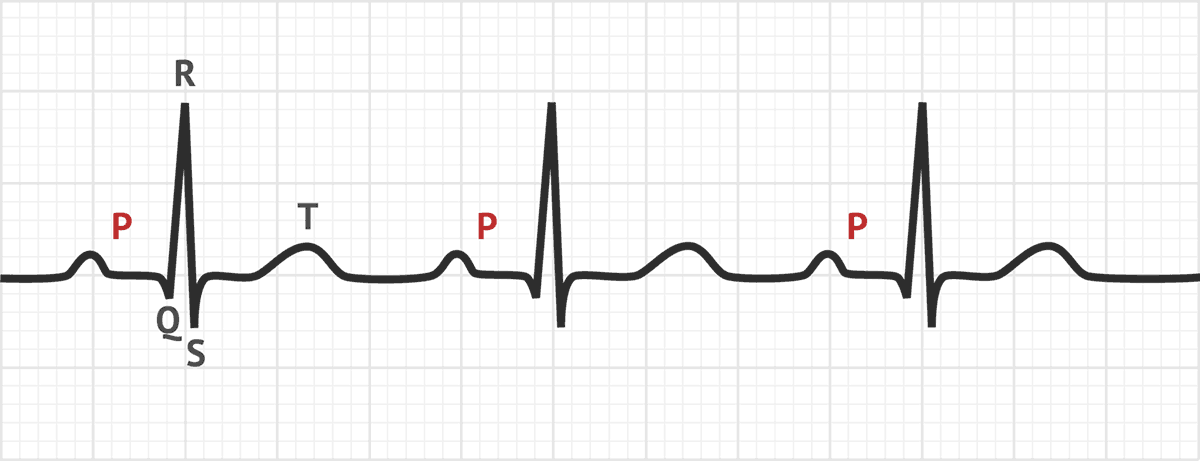
P waves are the fastest seismic waves and can move through solid liquid or gas.
P wave. The p wave is a summation wave generated by the depolarization front as it transits the atria. They leave behind a trail of compressions and rarefactions on the medium they move through. Normally the right atrium depolarizes slightly earlier than left atrium since the depolarization wave originates in the sinoatrial node in the high right atrium and then travels to and through the left atrium. P waves travel faster than other seismic waves and hence are the first signal from an earthquake to arrive at any affected location or at a seismograph.
1st positive negative deflection start of cardiac cycle cardiac event. P waves are also called pressure waves for this reason. P waves or primary waves are the first waves to arrive at a seismograph. These multiple points contain pacemaker cells that generate action potentials independently of the cns.
P wave definition a longitudinal earthquake wave that travels through the interior of the earth and is usually the first conspicuous wave to be recorded by a seismograph. A p wave or a primary wave is one of the two main types of elastic body waves called seismic waves in seismology. Certain animals such as dogs can feel the p waves much before an earthquake hits the crust surface waves arrive. Includes impulse transmission through internodal pathways bachmann bundle atrial myocytes.
The p wave occurs when the sinus node also known as the sinoatrial node creates an action potential that depolarizes the atria. Atrial depolarization begins when sa node normal or neighboring atrial pacemakers fire.
